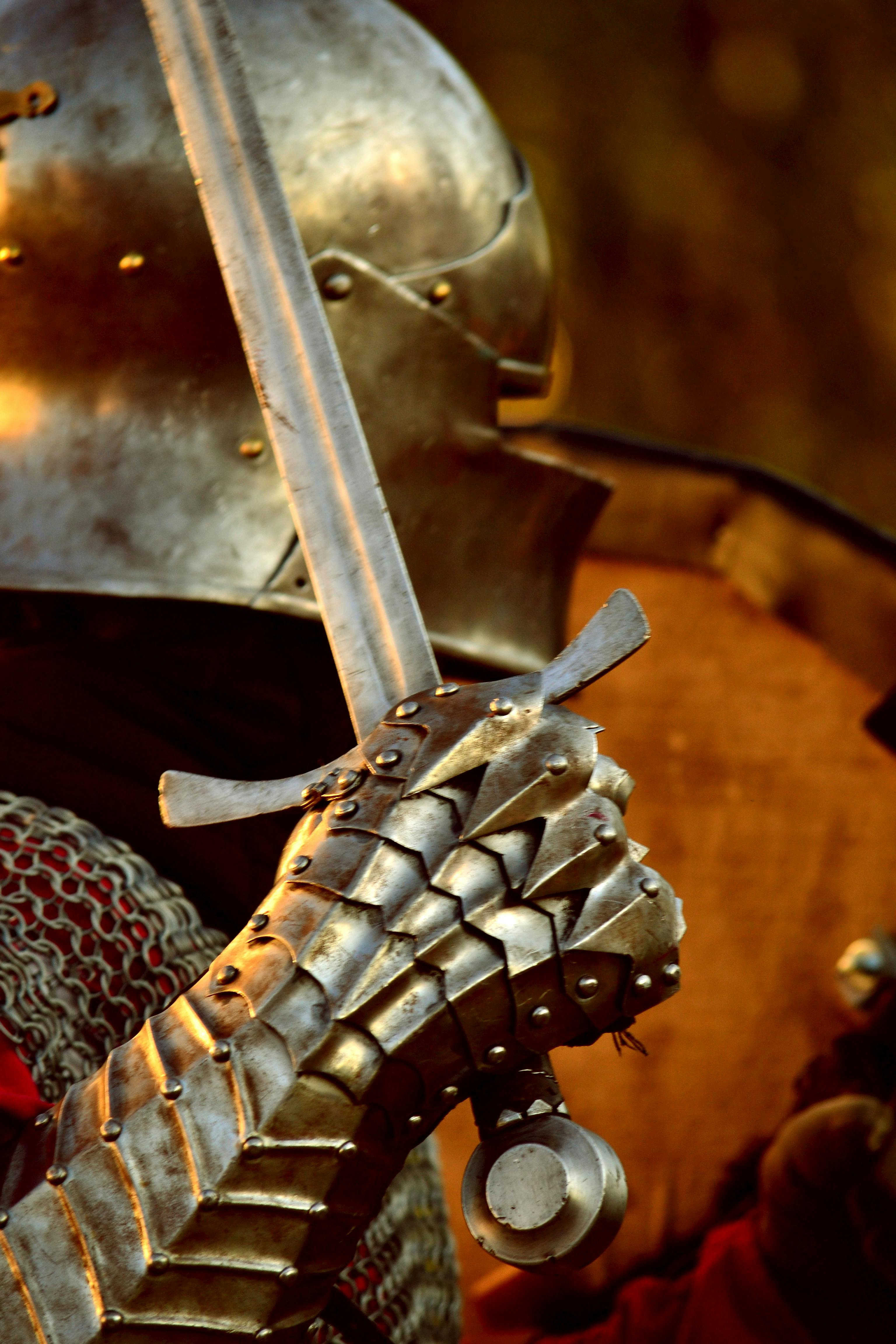Unveiling the Legendary Blades: How Medieval Swords Shaped Fantasy Worlds and Epic Heroes

Step into a world where chivalry reigns, dragons soar across the skies, and epic battles between heroes and villains are fought with legendary swords. From the gleaming Excalibur to the fierce Sting, medieval swords have not only ignited our imaginations but also shaped entire fantasy worlds. Join us on an enchanting journey as we unveil the secrets of these mystical blades that have inspired countless tales of heroism, romance, and adventure.
The Role of Swords in Warfare
During the Medieval era, swords, including those available for purchase today as medieval swords for sale, held a pivotal role in warfare, serving both mounted and foot soldiers. Their diverse designs and functions were influenced by regional variations, yet they all contributed significantly to achieving victory on the battlefield.
One notable advantage of swords lay in their maneuverability. In contrast to cumbersome axes or maces, swords offered finesse and agility, enabling warriors to execute rapid strikes and agile movements during combat. This agility proved highly effective against armored adversaries.
Swords, being versatile weapons, allowed for both slashing and thrusting attacks. This adaptability provided warriors with a distinct advantage over opponents relying on more specialized weaponry.
Beyond their physical attributes, swords bore immense symbolic significance on the battlefield. A knight's sword was not merely a tool of war but an extension of their honor and social status. The quality of one's sword often served as a reflection of personal worth and social standing.
Knights, who primarily engaged in combat during this era, wielded intricate weaponry such as longswords and bastard swords, with the latter being favored for one-handed combat. These skilled warriors showcased their expertise in combat, combining both finesse and the weight of tradition in their martial pursuits.
Impact on Popular Culture and Fictional Worlds
The impact of medieval swords on popular culture and fictional worlds is immense. These legendary blades have long fascinated people with their rich history, distinct design, and powerful symbolism. They have captured the imagination of authors, artists, and filmmakers alike, shaping some of the most iconic characters and settings in fantasy literature.
One major aspect that makes medieval swords so alluring to incorporate into fictional worlds is their role as a status symbol. In medieval times, only the wealthiest could afford a high-quality sword, making it a symbol of power and wealth. This idea has carried over into modern-day fiction where the hero or villain's sword serves as an extension of their status and influence.
Some of the most famous swords in literature are based on real-life medieval weapons. The mythical sword Excalibur from Arthurian legends is believed to be inspired by the historical sword Caledfwlch wielded by King Arthur. Another example is Glamdring from J.R.R. Tolkien's "The Lord of the Rings," which is modeled after Viking-age swords like Dainsleif.
Additionally, medieval swords have also played a significant role in video games, particularly in fantasy and historical settings. Games like "The Elder Scrolls V: Skyrim" and "Assassin's Creed Valhalla" feature a wide range of medieval weapons, allowing players to wield them in their virtual adventures.
Famous Swords in Pop Culture and Their Origins
The use of swords in popular culture is not a new phenomenon. From books and movies to video games and TV shows, swords have long been a staple in the realm of fantasy and epic storytelling. These weapons have become iconic symbols of strength, heroism, and honor, captivating audiences with their storied origins and mythical powers.
- Excalibur - The Legendary Sword
Excalibur, the famed sword of King Arthur, is steeped in Western literature and film lore. It's known for Arthur's act of pulling it from a stone to claim his kingship. In Celtic mythology, it belonged to Uther Pendragon, Arthur's father, with attributes like healing powers and invincibility. Sir Thomas Malory's "Le Morte d'Arthur" solidified its link to King Arthur, inspiring various adaptations in works such as T.H. White's "The Once and Future King" and Disney's "The Sword in the Stone."
- Anduril - Aragorn's Sword
J.R.R. Tolkien's "Lord of the Rings" introduces Anduril, the sword symbolizing Aragorn's journey from exile to reclaiming his throne. Originally Narsil, the sword belonged to Elendil, Gondor's first High King, and was reforged by the elves. Named Anduril, meaning "Flame of the West" in Sindarin, it represents Aragorn's rightful heritage.
- The Sword of Omens - Thundercats' Iconic Blade
The Sword of Omens is a standout sword in animation history, wielded by Lion-O, leader of the Thundercats. Forged from a star by Thunderian master blacksmith Ro-Bear-Bill, it boasts magical properties. Notably, it detects danger through its Eye of Thundera emblem and extends its blade with Lion-O's famous command, "Sword of Omens, give me sight beyond sight!"
Conclusion
In conclusion, the legacy of the medieval era endures, with medieval swords serving as captivating relics that continue to inspire and captivate us today. Their rich history and significance as symbols of power and heroism, crafted by skilled blacksmiths with intricate designs, contribute to their enduring fascination. Each sword's unique story, often steeped in mythology and mystery, adds to their enchantment. They have become an integral part of our collective imagination and will continue to do so for generations to come.
To read the latest guides, news, and features you can visit our Other Game Page.





